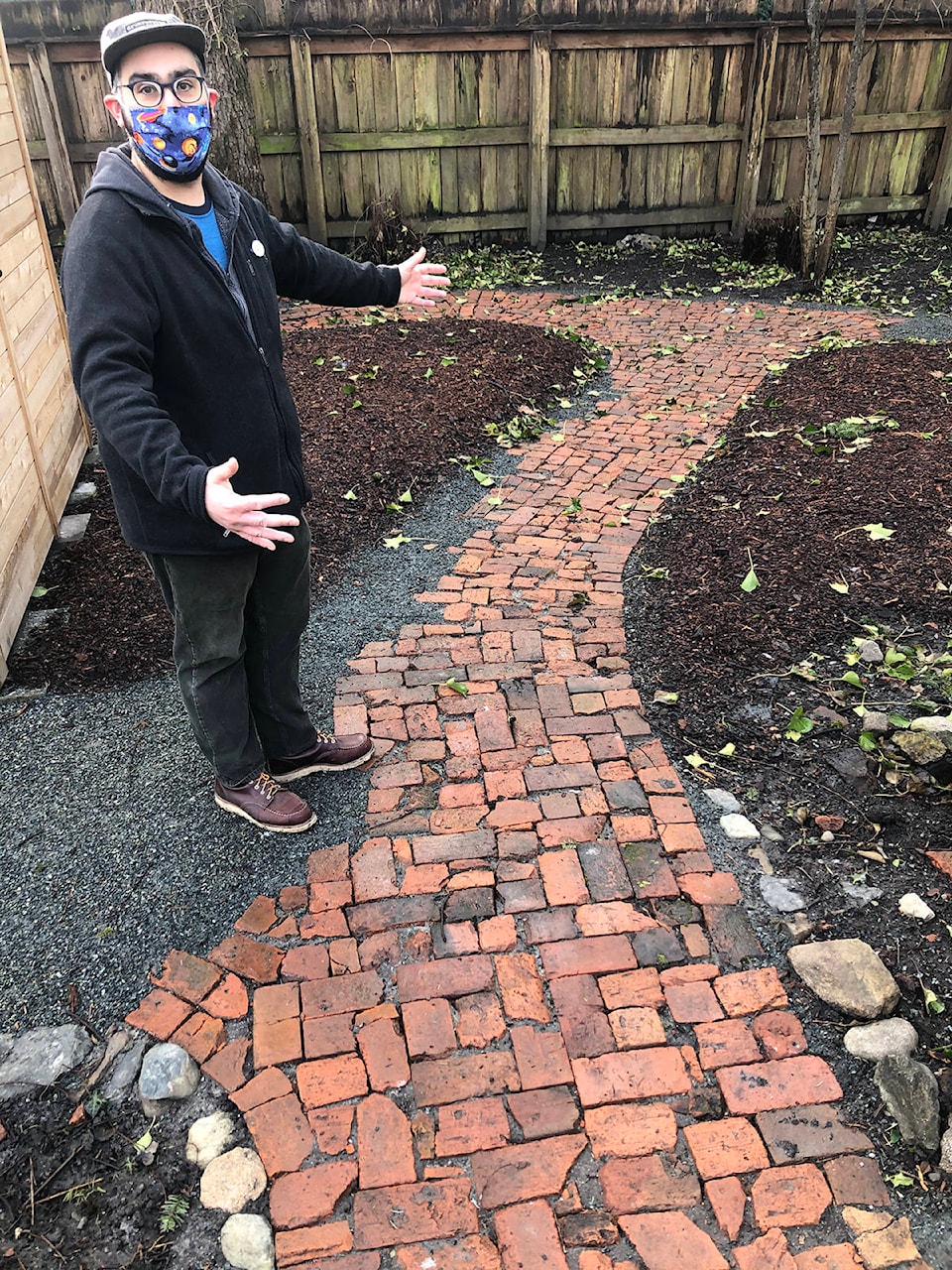It’s been two years since the Point Ellice House museum and heritage gardens reopened with a Visitors Centre in place of the old tea house, and there’s still work to be done, says the executive director.
Historian Kelly Black has been at the helm of the 160-year-old house since 2019 and has sought many grants to cover the costs of decades of deferred maintenance. In a perfect world, Black would have used the museum’s forced closure during the pandemic to catch up on decades of deferred maintenance. But the necessary funding is not easily had, even if the gates were open.
As such, the museum chugs along as the little museum that could, a treasure of 12,000 artifacts and a window into the defining colonial days of European settlement in B.C.
READ ALSO: Victoria’s Point Ellice House reopens after months of closure
“When people come in here and the first thing they see is water stains on the ceiling and crack monitors, they think we don’t care for this place,” Black said. “We’ve got some grants but not enough for the deferred maintenance we need to upgrade.”
| A study commissioned by the B.C. Liberal government for 2007 shows a need of $236,943 in annual funding for the wages and maintenance of Point Ellice House. (Provincial Heritage Properties Sustainability Study, 2007) |
A crack monitor is a small tool that can be gently fastened into the plaster on either side of a crack and slowly expands with the crack over time. There are multiple monitors affixed in the main house however there are also several cases of peeling paper, significant water stains on the ceiling and rotting wood on the veranda.
Black and the society that run the house do the most they can with what they have. In 2019 a new not-for-profit society, headed by Black, took over in place of the previous one. They took a new position, redefining Point Ellice House as a representation of colonial settlement and Indigenous disruption, shaking off its legacy as a replica of Victorian England.
Much of the facility is in pristine condition, however, the small things add up.
For instance, old CD’s dangle on red ribbons outside the house to scare woodpeckers off the wood flashing, where they’ve chewed holes the size of golf balls.
“You do what you can,” said Black.
For a long time, the society that runs Point Ellice House received only $40,000 annually. Revenues from the high tea, as charming as it was, and even with the dedicated volunteer crew, did not offset the funds needed, Black said. That funding is now at $80,000 but it’s still not enough. A 2007 report ordered by the Liberal government of the day, the Provincial Heritage Properties Sustainability Study, calculated a need for $236,943 in annual funding to keep Point Ellice House running.
That’s without considering any gate revenue.
The challenge is, you can’t just pull it apart and repair it, Black said.
“If it’s wallpaper, you have to pay a professional to gain an understanding of the history there. They will study it and know how many layers and from when, and you have to decide which [era] to restore it to.”
READ MORE: Point Ellice exhibit offers new lens into colonial history
Outside, much work has been done to update the gardens. Original garden beds were restored last year and food grown in them was donated to residents of Cool Aid’s Sandy Merriman House. The gardens are being doubled with a A My Great Neighbourhood Grant to restore the original cut flower beds.
Inside, most of the house remains pristine, such as the Peter O’Reilly’s office. O’Reilly moved into the house in 1867 and the family stayed until the 1970s. Visitors can stand next to his desk, circa the 1880s, where he sorted the specifics as “Indian reserve commissioner” that shaped the future of B.C.’s Indigenous peoples and many of which are debated to this day.
“This is a major piece of colonial history,” Black said. “We are really trying to get the province, who owns this site, to please invest in it accordingly so we can care for it, and engage the public with the stories that this place has to tell.”
reporter@oakbaynews.com
